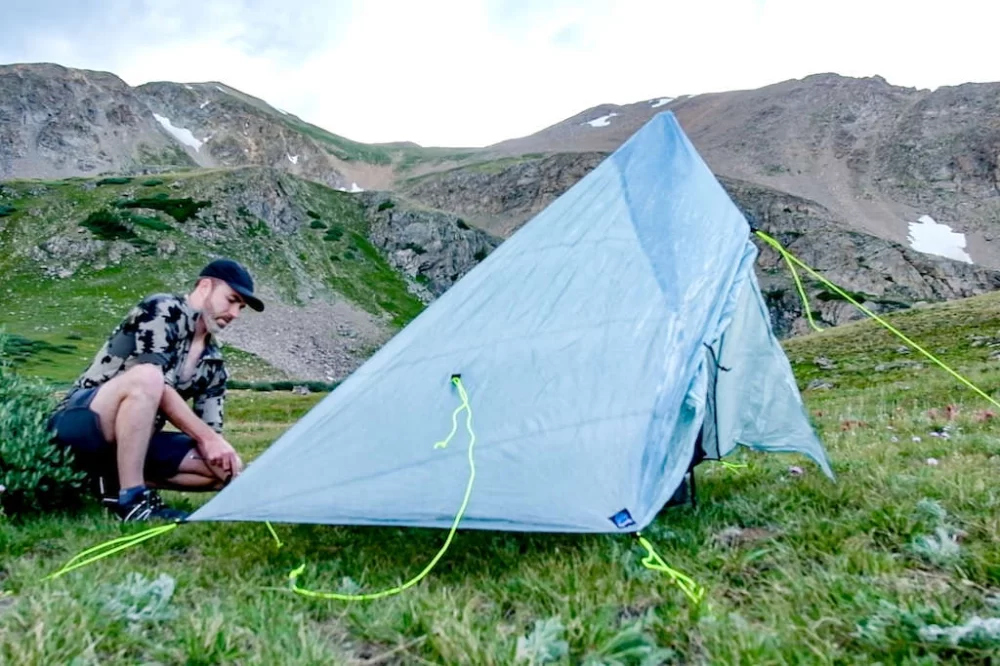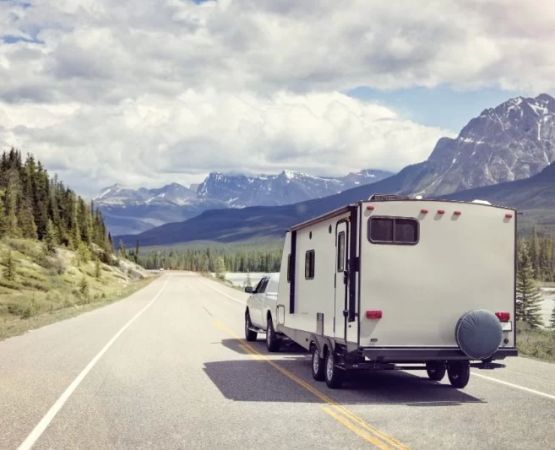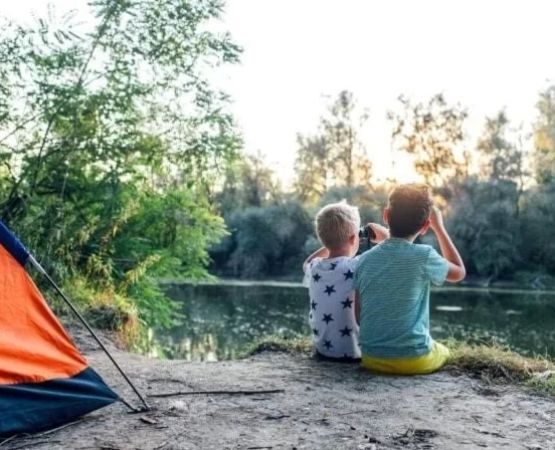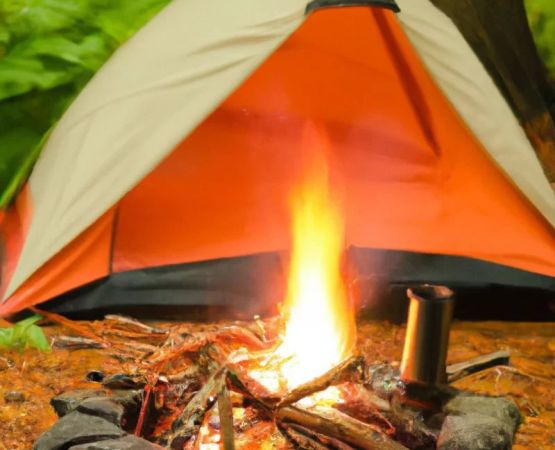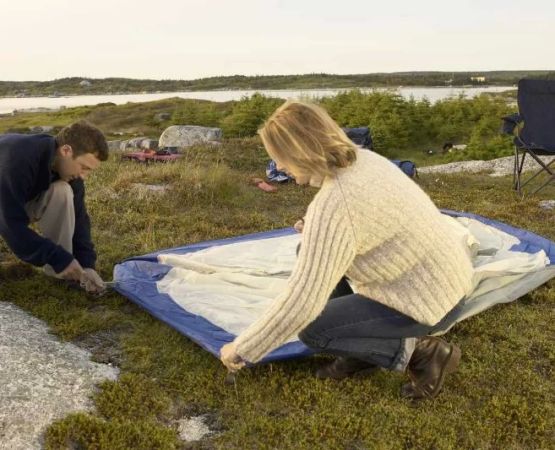Master the Art of Packing Light for Your Camping Adventure
When I first started camping, I would overpack, thinking that I needed every little gadget and comfort from home to survive in the wild. I carried bulky tents, too many clothes, and an assortment of items that I never ended up using. Over the years, I've learned that packing light is not only more efficient, but it can also make the camping experience more enjoyable. Carrying less weight means more freedom on the trail, less stress setting up camp, and a greater appreciation for the simplicity of nature.
1. Start with the Essentials: What You Truly Need
The first rule of packing light is to focus on the essentials. When you’re out camping, you don't need to bring everything but the kitchen sink. I learned this lesson after a camping trip where I realized I had packed things I didn’t need – like a portable blender and extra pairs of shoes. What you really need are items that will keep you safe, comfortable, and allow you to enjoy your time in the wilderness.
- Tent: Choose a lightweight, compact tent that fits your needs. I recommend a two-person tent even if you're solo, as it gives you extra space for comfort. A lightweight, waterproof tent is crucial for comfort and dryness.
- Sleeping Bag and Pad: Invest in a high-quality sleeping bag suited for the season and weather conditions. A sleeping pad is also key for insulation and comfort, so opt for a compact inflatable pad if you want to save space.
- Cooking Equipment: Instead of bringing an entire stove and heavy pots, I started using a lightweight, all-in-one camping stove. It’s compact, boils water quickly, and allows me to cook simple meals without hauling a full kitchen setup.
By prioritizing these essentials, you’ll avoid carrying unnecessary weight. Each item should serve a clear purpose to make your trip more enjoyable.
2. Clothing: Layering is Key
Clothing is one of the biggest culprits when it comes to overpacking. I used to think I needed a new outfit for every day of the trip, but over time, I’ve realized that layering is the secret to staying comfortable while keeping my pack light. Here’s how I do it:
- Base Layer: Start with moisture-wicking base layers for your top and bottom. This helps regulate body temperature, keeping you warm at night and cool during the day. I always pack one set of these for each day of my trip.
- Mid Layer: A lightweight fleece or insulated jacket is perfect for layering when temperatures drop. This layer can easily be packed down small.
- Outer Layer: A waterproof and windproof jacket is a must, especially in unpredictable weather. I always carry a lightweight, packable jacket that can fit into a small pouch.
- Footwear: I learned the hard way that carrying multiple pairs of shoes isn’t necessary. A good pair of trail shoes or boots is sufficient for hiking and everyday wear. For a campfire, I usually bring sandals that weigh very little.
By focusing on a few versatile clothing items that can be layered, you’ll be able to adjust to any weather conditions without overloading your pack. This approach saves space and keeps you comfortable.
3. Minimize Your Gear: Go for Multi-Use Items
One of the best ways I’ve learned to pack light is by opting for multi-use gear. I used to carry separate tools for each task – a knife, a hatchet, a multi-tool, and more. But now, I focus on compact items that serve more than one purpose, which drastically reduces the amount of gear I need to bring. Here are some of my go-to multi-use items:
- Multi-tool: A good multi-tool can replace a whole set of knives and pliers. I use mine for cooking, setting up camp, and general repairs.
- Headlamp: Instead of carrying both a flashlight and a lantern, I use a headlamp for both lighting and hands-free tasks. It’s light, small, and has a long battery life.
- Cooking Pot: I prefer a compact, lightweight cooking pot that can double as a bowl for eating. It saves space and eliminates the need for extra utensils.
Multi-use items aren’t just efficient; they also help you streamline your packing process, making sure you bring exactly what you need without any extra weight. If you’re a minimalist like me, this is one of the easiest ways to keep your pack light.
4. Food and Water: Pack Light but Be Prepared
Food is one of the heaviest things you’ll need to pack for a camping trip, but there are ways to minimize weight without sacrificing nutrition. I used to carry large cans and bulky food packages, but now I stick with dehydrated meals and snacks that are easy to prepare and lightweight. Here's what I do:
- Dehydrated Meals: These meals are convenient, lightweight, and nutritious. All you need is hot water to prepare them. I find that a couple of freeze-dried meals per day works for me.
- Snacks: I pack lightweight, high-energy snacks like trail mix, granola bars, and beef jerky. These can easily fit in small pockets of my backpack and provide a quick source of energy during the day.
- Water: Instead of carrying multiple bottles of water, I bring a water filter or purification tablets. This allows me to refill from nearby streams, lakes, or rivers without carrying extra weight.
By choosing dehydrated meals and portable water purification solutions, you can significantly lighten your load while still having enough food and water for your trip.
5. Packing and Organization: Keep It Compact
Lastly, how you pack your gear plays a big role in how light your load feels. I’ve learned the importance of proper packing techniques to keep things organized and prevent unnecessary bulk. Here’s how I pack:
- Compression Sacks: These are great for compressing sleeping bags, jackets, and other soft gear. It reduces their size and helps keep your pack organized.
- Stuff Sacks: I use stuff sacks for different categories of gear, such as one for clothing, one for cooking gear, and one for food. This prevents things from shifting around and saves space.
- Smart Packing: Always pack heavier items close to your back and lighter items near the top or outside. This helps distribute the weight evenly, making your pack easier to carry.
By keeping your gear compact and organized, you can avoid wasting space and make sure everything fits in your pack without feeling overloaded.
Final Thoughts on Packing Light
After years of trial and error, I’ve learned that packing light for a camping trip is all about focusing on the essentials, choosing multi-use items, and organizing your gear efficiently. The lighter your pack, the more enjoyable your trip will be. You’ll feel less burdened, have more energy on the trail, and be able to appreciate the beauty of nature without the stress of carrying a heavy load.
If you’re looking for the perfect place to test out your lightweight packing skills, consider checking out Pine Cliff Resort, where you’ll find a variety of camping options tailored to different needs and levels of experience.

